What is a mixborder?
The first mixborders from perennials appeared in England, from where they first spread throughout Europe, and then conquered the whole world. Translated from English, the term means "confusion of boundaries."
In fact mixborder - an elongated flower garden, which combines herbs, flowers, trees and shrubs, decorative deciduous and flowering plants. But the main feature of a mixborder is not in the mixing of species, but in the combination of shapes and sizes. It combines several tiers, the highest of which is in the background, while the lowest is in the foreground.
Important! The main differences between a mixborder and a flower bed are the absence of a border and a stepped arrangement of flowers.
What types are there?
Compositions differ from each other in size and shape - for example, mixborder along the fence a one-sided view is characteristic, and the one located in the center has a circular planting pattern (the tallest trees in the center).
But the main classification subdivides mixborders according to the crops they include.
Flower bed in english style
Mixborder design is like England itself: discreet, even sophisticated. Bright flashy colors or textures are not used in its creation: instead of them neat boxwoods, elegant roses, cute daisies. It is customary to plant plants along tracksleading to the house or connecting the main points of the site.
Pictured is an English mixborder
Meadow mixborder
Both simple wildflowers and lavender, poppies, even tulips are used in its design - therefore this type can be called a continuation of the Provence style. You can create a meadow composition both exclusively from annuals, and by combining flowers with perennial plants - bushes or trees.
In the photo, a composition of meadow plants
Rustic composition
Country style is perfect for decorating a plot near a house in a village or a country cottage. It harmoniously combines the simplest and most familiar to the look of chamomile, asters of medium height and small carnations, sunflowers reaching out to the sun.
Garden mixborder
If a small cottage and there is not enough space for decorative plantings, according to the mixborder scheme you can plant ... vegetable crops! Basically, for this they use root crops (beets, carrots) or greens - lettuce, cabbage, dill, parsley, mint. Even flowering onions can make your garden more interesting.
Forest style
Hosts, bells, ferns, volzhanki are suitable for the lucky owners of plots with a forest landscape. Choose crops that will not look contrasting with pines or other trees near your home.
What plants and shrubs to plant?
If you look at the finished scheme below, you can see that plants of different "growth" are required to create a mixborder.
Tall
They are divided into coniferous and deciduous. The most light-loving tree with needles is considered to be blue spruce, the most shade-tolerant is fir or yew. From deciduous, the sun loves barberry, hawthorn, Japanese quince.Rowan and buckthorn, on the contrary, prefer to grow in the shade.
Medium-sized
In this group, deciduous and flowering shrubs, dwarf conifers, tall flowers (for example, peonies). An example of bushes for an open sunny side: hydrangeas, phloxes, fieldfare, lilac, scumpia, willow. In shady areas, boxwood, spiraea, chubushnik, juniper will take root.
Important! Tall and medium bushes serve as skeletal "supports" for the entire composition - first they are planted, then they fill the remaining distance between them.
In the photo there is a flower garden along the fence
Undersized
The lowest include some flowers for a mixborder, herbs or vegetables - they are planted along the outer edge. Geranium, hosta, lupine, saxifrage grow well in the shade. Among the sun-loving varieties are lavender, chrysanthemum, stonecrop, rejuvenated, subulate phlox.
Where can you locate?
There are many options for the location of mixborders from perennials, the main ones are:
Along the fence
A one-sided composition is planted here, when the tallest grow at the fence, and the lowest grow at the path or lawn. The same rule applies when mixborders are located near the walls of a house or other structures.
Along the tracks
Small flower or creeping compositions are planted on both sides of the path.
In the center of the plot
The flower bed is usually round, on elongated rectangular is possible. The planting is circular - that is, the closer to the center from either side, the higher the plant and vice versa.
Also, mixborders are often "tied" to other objects of landscape design - ponds, gazebos, recreation areas.
Ready-made schemes
Correctly composed mixborders of any type look equally good in spring, summer and autumn: to achieve this, you need to take into account not only the size of the plants, but also the periods of flowering, the shade, the shape of the leaves, and many other nuances. You can figure it out on your own or use ready-made photo schemes of mixborders.
With perennials
If you are confident in your idea of a mixed flower bed and do not want to plant every year, but prefer to simply maintain the appearance, choose perennial plants.
These include shrubs of the flowering type (yellow forsythia, pink or white hydrangea, lush lilac lilac), and varieties with beautiful foliage (euonymus, hazel, dogwood). For a complete list with photos and names, see photo # 3.
With conifers
A group of constantly green firs, tui, cypresses are loved because trees or bushes retain their beauty even in late autumn or winter.
A coniferous mixborder can combine exclusively coniferous representatives, combining small junipers with large stately thujas. But most often, something decorative (for example: hosts) or flowering (rose, cinquefoil) is planted next to the needle branches.
In the photo, a diagram of a mixborder made of conifers and shrubs
With flowers
When choosing flowers for a mixborder, a system is needed: usually there are plants nearby that bloom in different seasons. Thus, the feeling of a constantly living flower bed is created.
- May... Bulbous ones bloom: tulips, irises, as well as phloxes and lilies of the valley.
- June... Time for carnations, clematis, lilies, lupines, peonies.
- July... Marigolds, hydrangea, lavender, mallow, petunia come into play.
- August... Gladioli, asters, ageratums, cosmos, zinnias are fragrant.
- September... Dahlias, chrysanthemums, rudbeckia, autumn crocuses delight with lush hats.
Important! In mixed flower beds, residents are selected according to the time of blooming, colors, and also type. For example, sage and reed grass are suitable for a meadow, a hydrangea and a rose are suitable for an English garden.
In the photo, a diagram of a meadow flower bed
With vegetables
Who said that a vegetable garden cannot look spectacular? Pay attention to root vegetables with beautiful tops (beets), bright fruits (peppers), lettuce and cabbage - plant them nearby and enjoy not only the view, but also the harvest.
The second option is to use aromatic herbs as a base.Thyme, sage, mint, basil look great both in the garden and on the plate.
Mixed
Combined mixborder options are most common: landscape designers combine annuals and perennials, flowering and conifers, deciduous and evergreens.
Advice! If you want to change the composition a little every year, form a skeleton of perennials, and plant one-season plants between them. Thus, annuals can be swapped or completely replaced with something new.
Creation guidelines for beginners
Despite the fact that on the Internet you can find a lot of ready-made schemes and read all the necessary information, creating a mixborder with your own hands is not so easy. Planting such a flower bed requires from the gardener not only basic knowledge, but also experience. Therefore, we have prepared basic rules that will come in handy at the initial stage:
- Consider the existing conditions... Light level, acidity and soil composition, wind strength, minimum, maximum temperatures.
- Examine prospective plants... Typically, seed packages indicate the flowering period, plant size, requirements for growing conditions.
- Decide on the look... Whichever style, palette suits best.
- Start by choosing skeletal plants... Dense shrubs that retain their appearance from spring to autumn or all year round. The distances between them will later be filled with small annuals.
- Don't overdo quantity... Many different species in several specimens form a porridge, it is better to choose a maximum of 3 tall, medium, low plants. This is usually enough.
Important! Do not forget the main thing: a mixborder is a living organism. Therefore, in order for it to remain in good condition, constant care is required for it, which consists in watering, weeding, pruning, and removing yellowed sectors.
Examples in landscape design
In creating mixborders, it is better to learn from other people's mistakes and implement proven methods of effective decoration. For example, you can dilute a flower arrangement with spikelet grasses: pampas, barley, lagurus.
In order not to overdo it with color, choose one of your favorite flowers, and collect the main part of the composition from coniferous and deciduous shrubs.
The last tip - if a fountain / pond is planned on the site, combine it with a mixborder. Multi-tiered flower bed - a great option for framing any decorative solution.
Creating a mixborder is like putting together a live constructor. Even if something didn't work out right away, everything can be fixed: so don't be afraid to start and experiment!

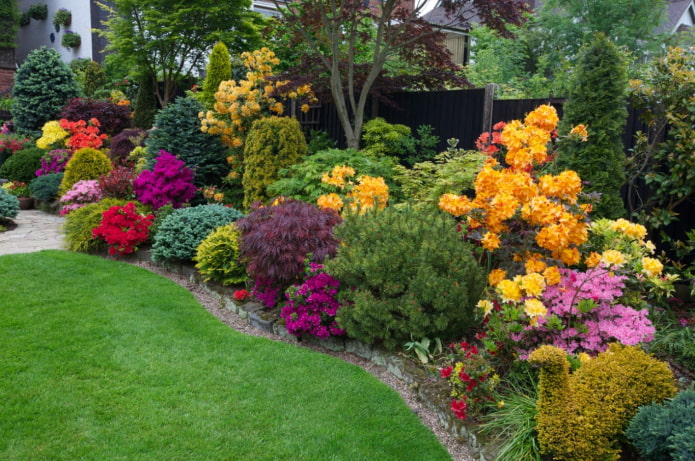
 10 practical tips for arranging a small kitchen in the country
10 practical tips for arranging a small kitchen in the country
 12 simple ideas for a small garden that will make it visually spacious
12 simple ideas for a small garden that will make it visually spacious

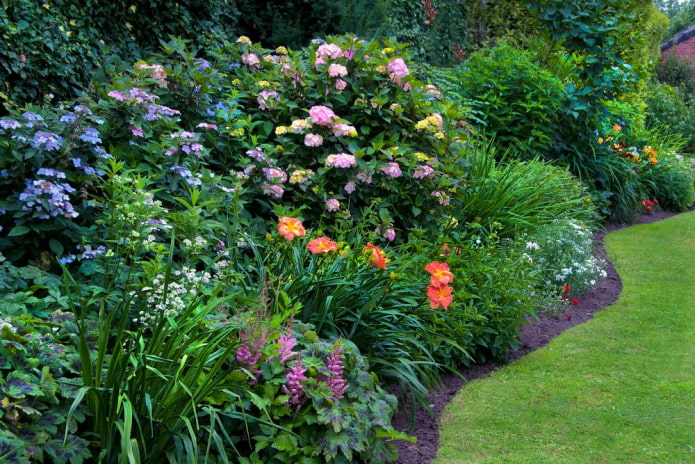
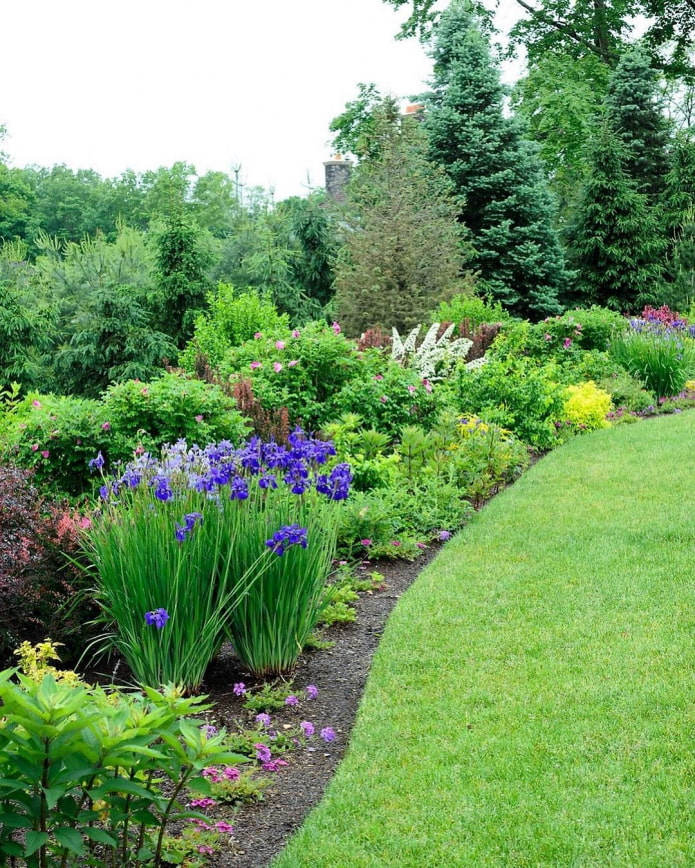
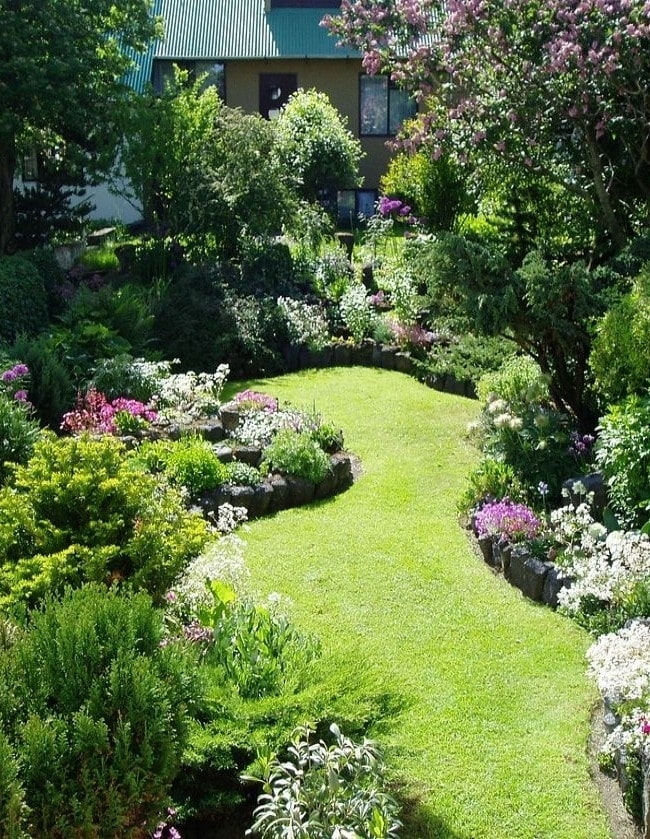
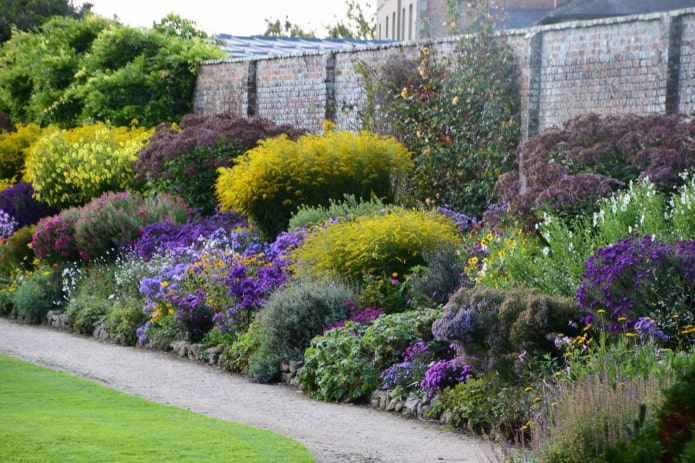
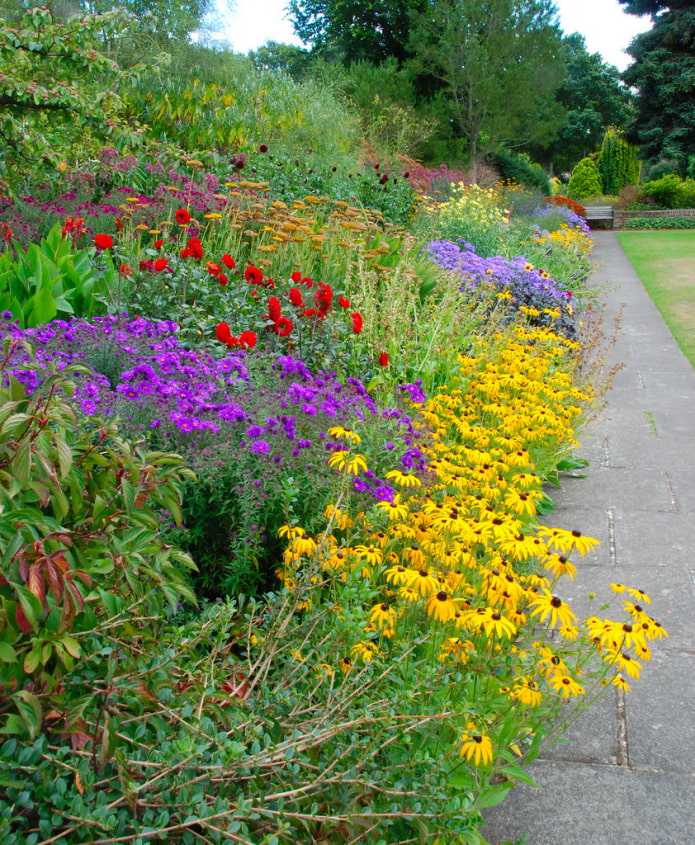
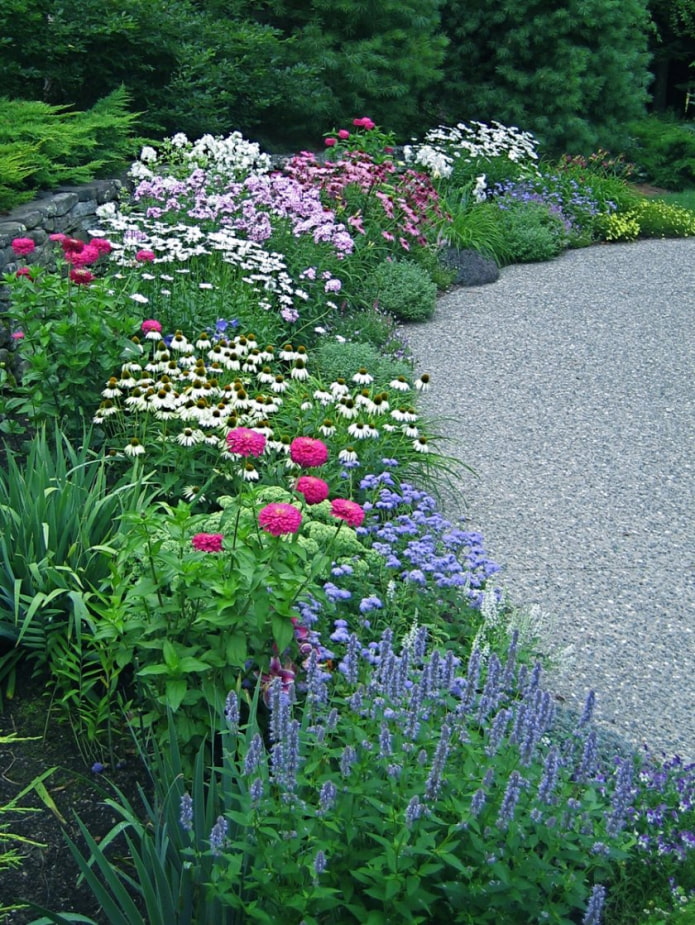
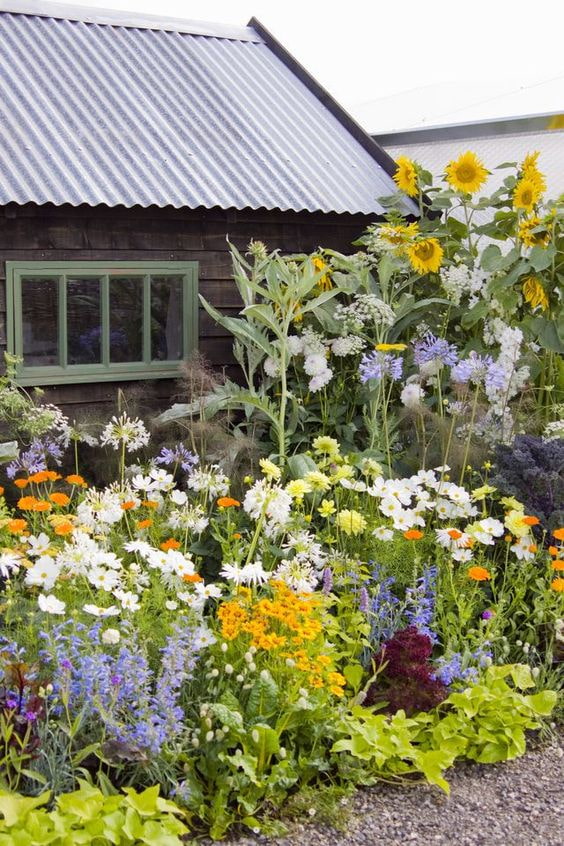
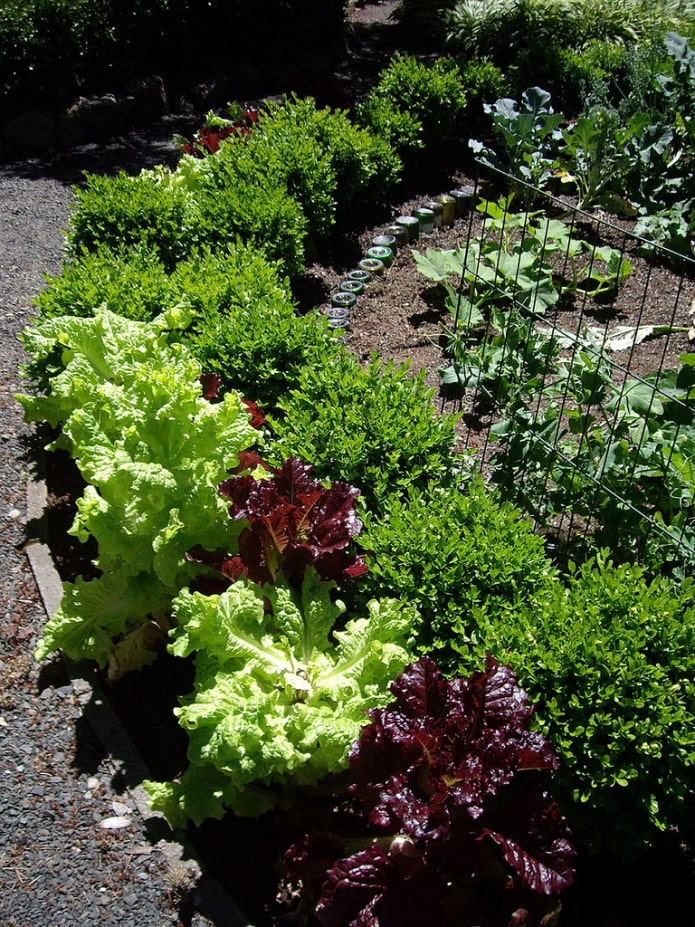
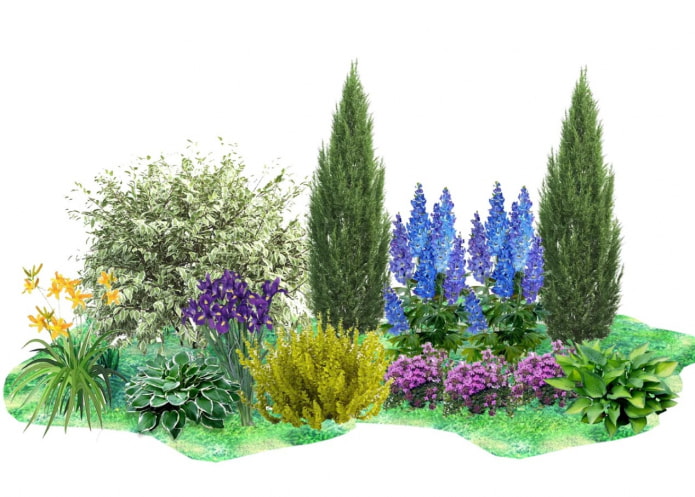
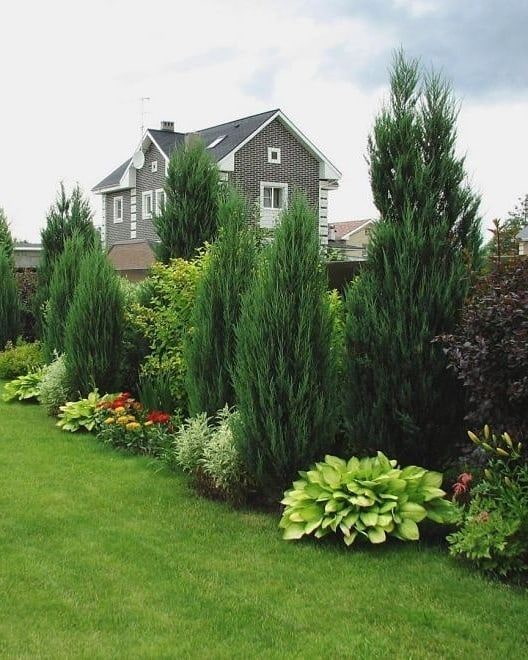
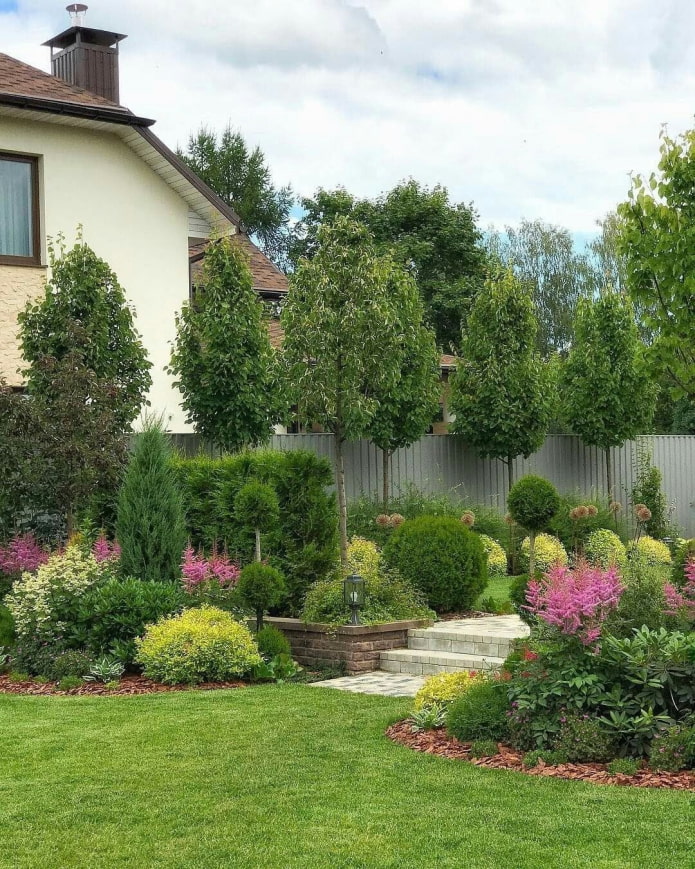
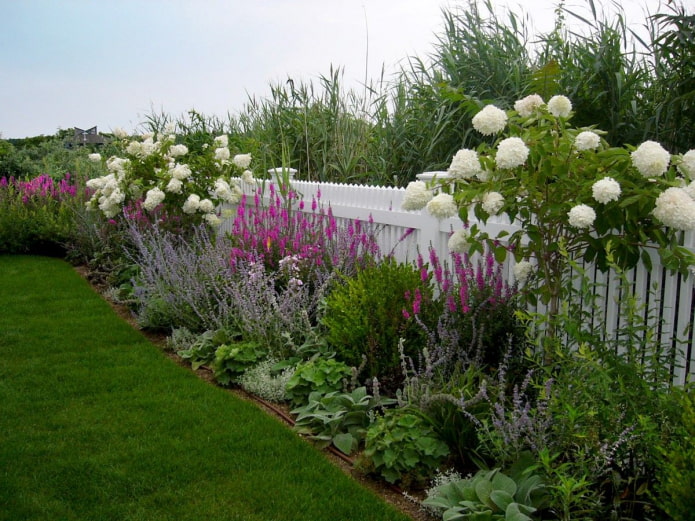
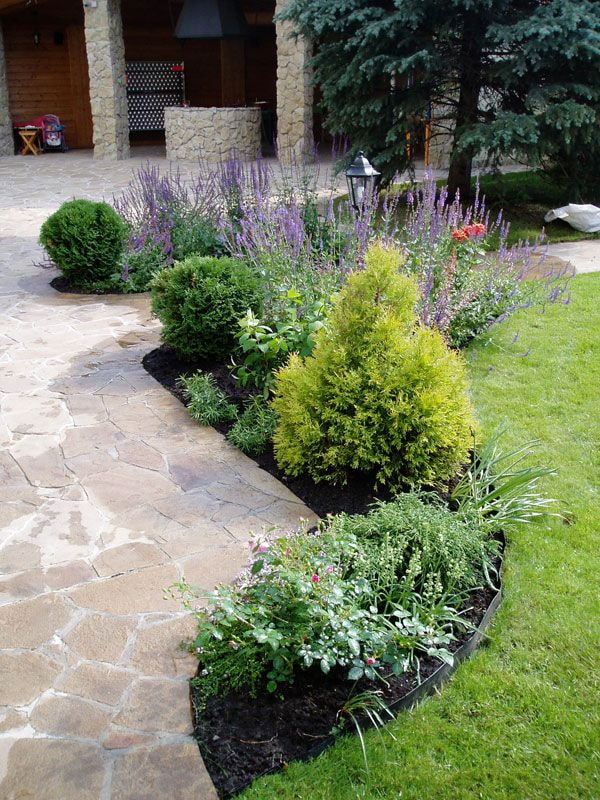
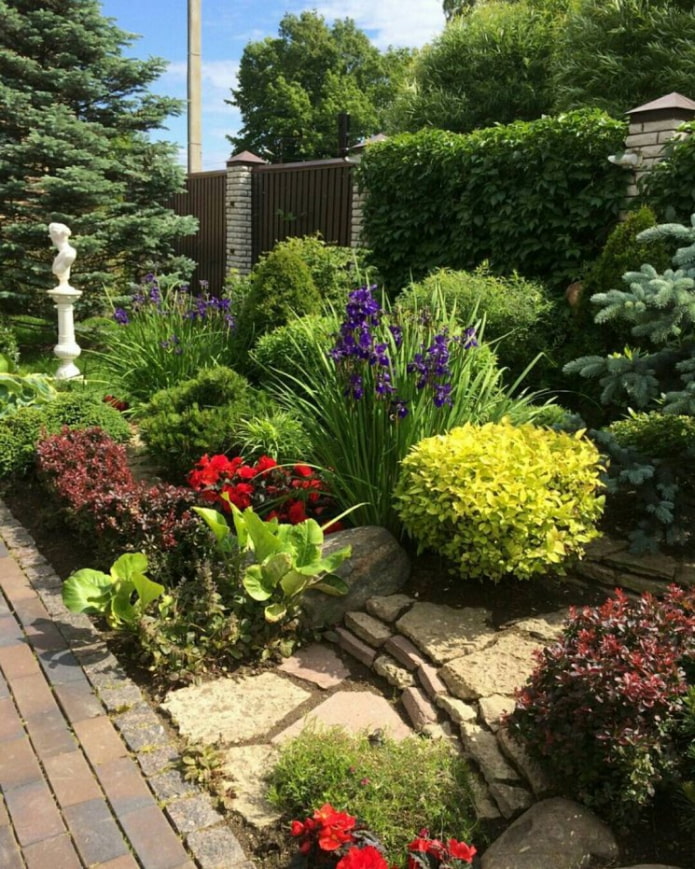
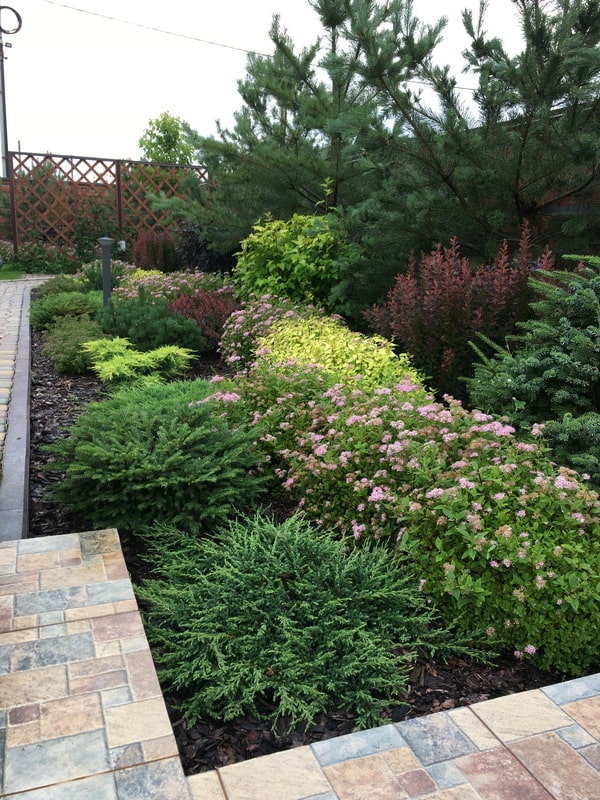
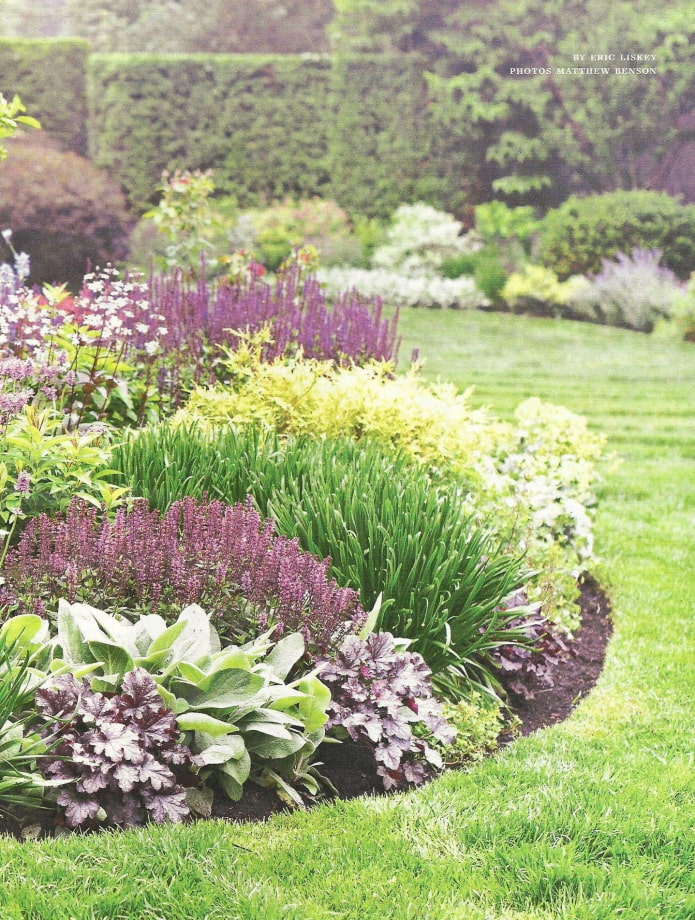

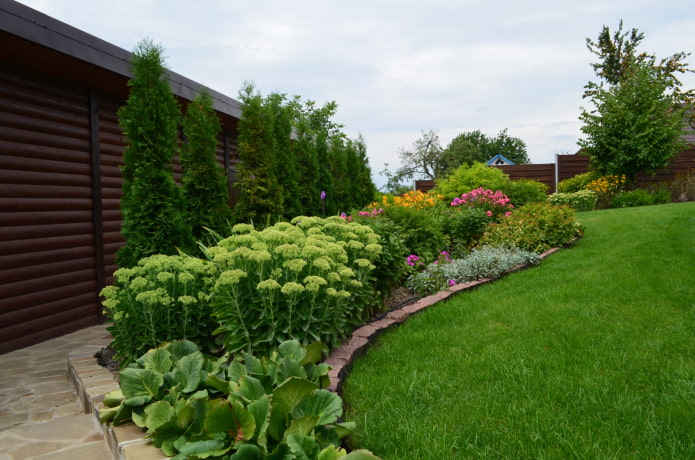
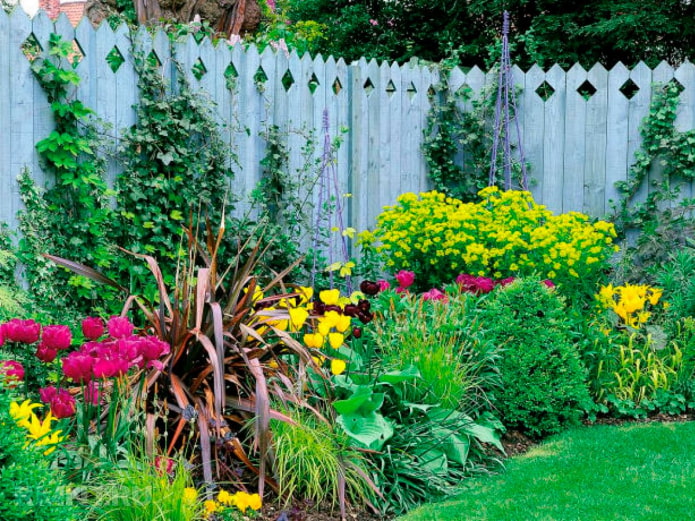

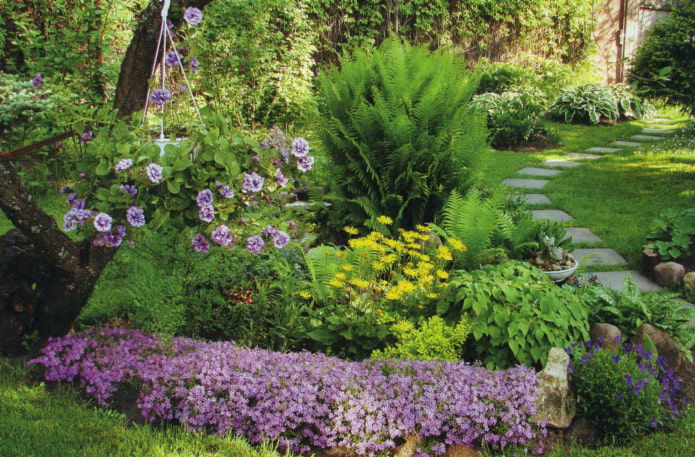
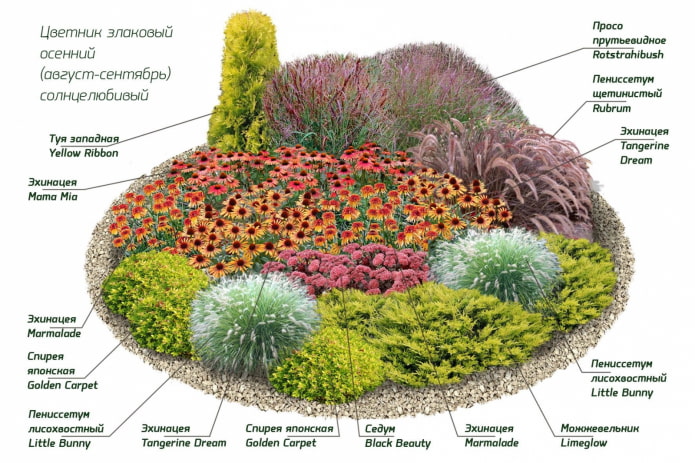
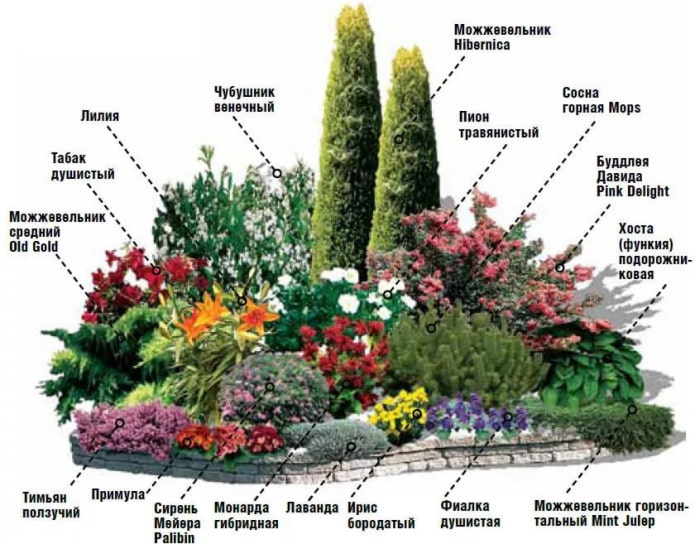

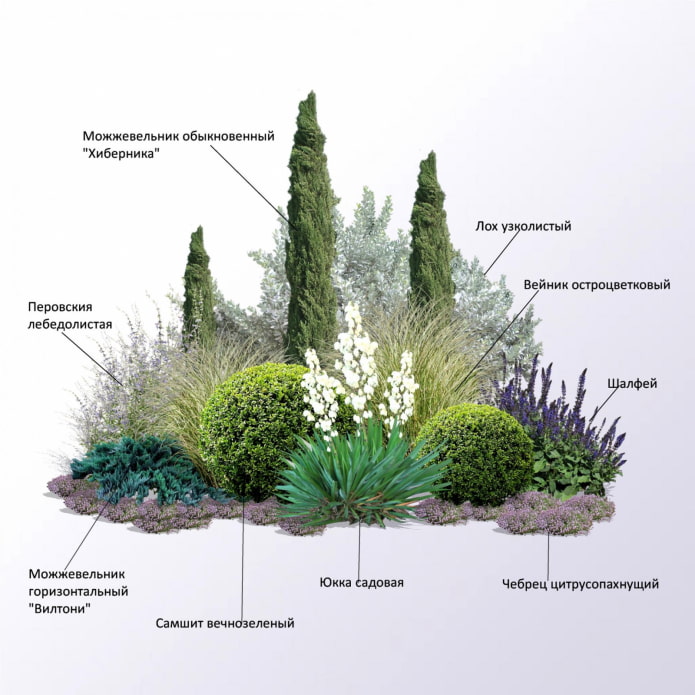



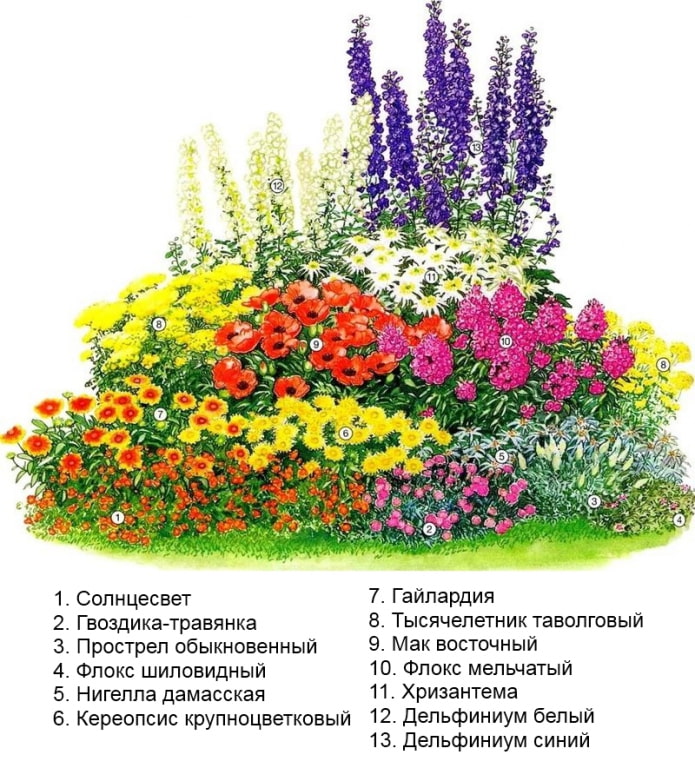
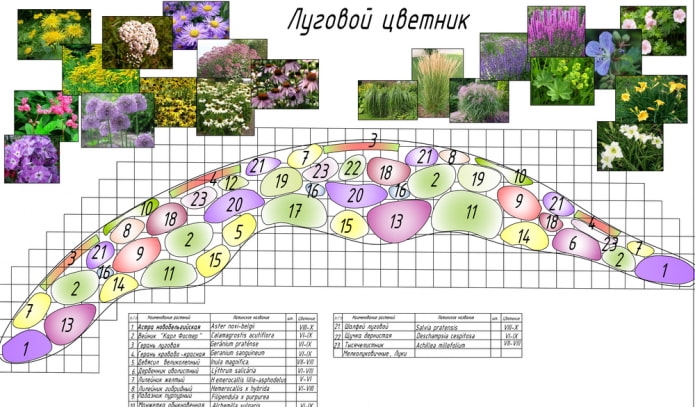


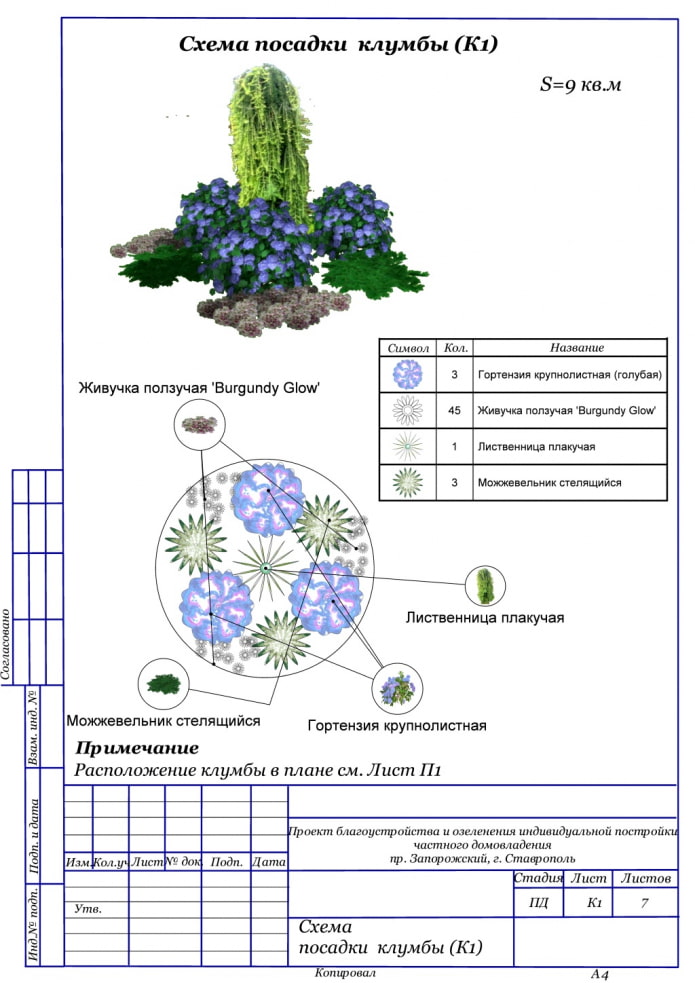
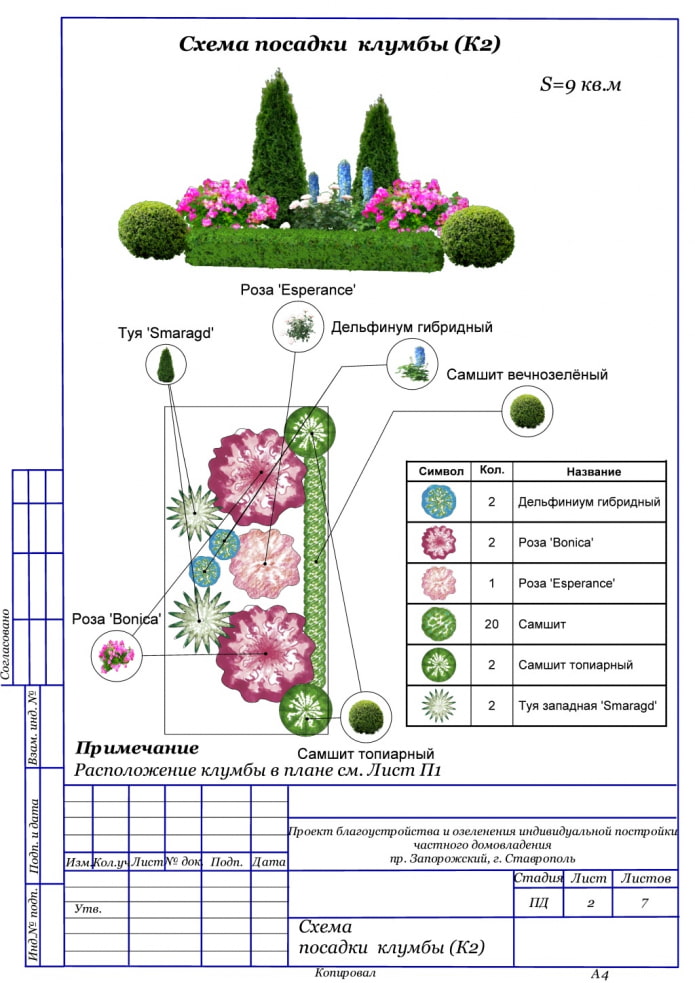
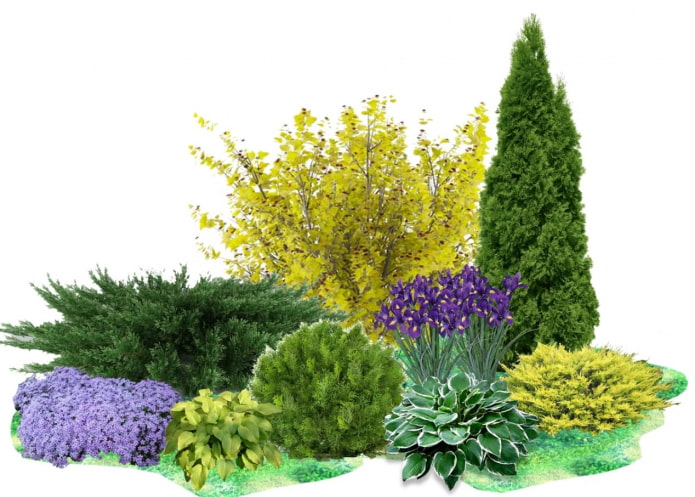
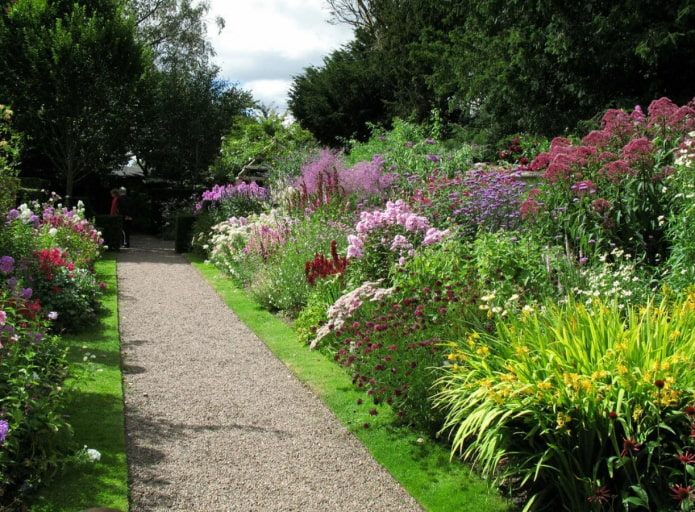

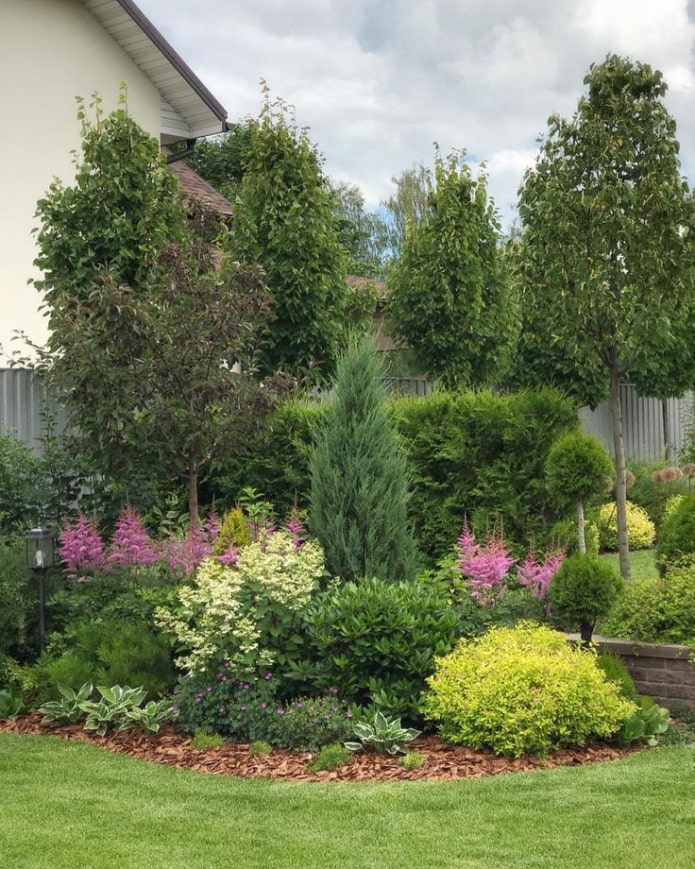
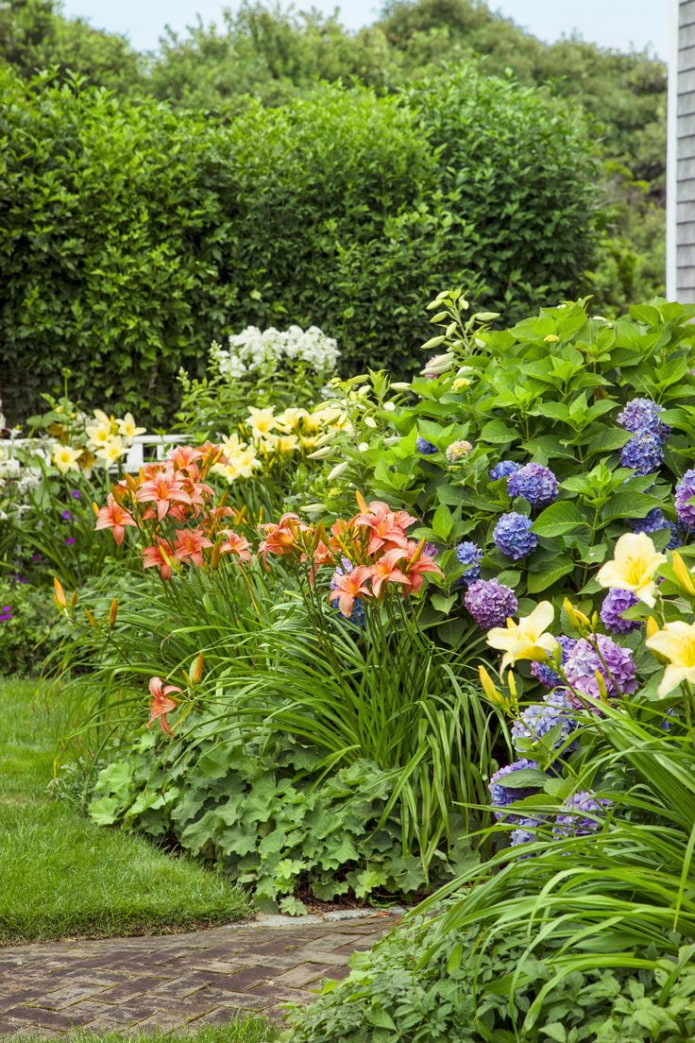

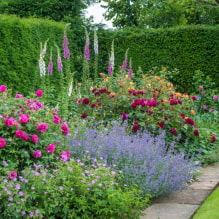
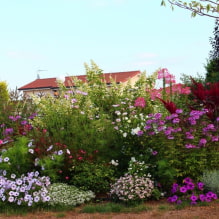
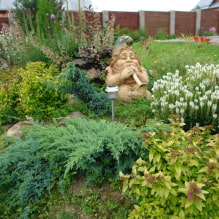
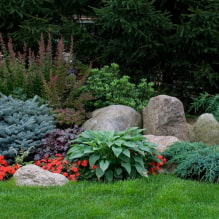
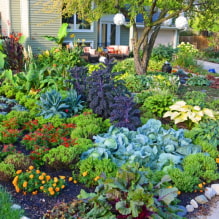
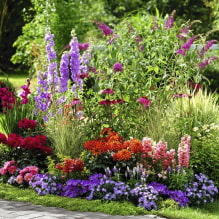
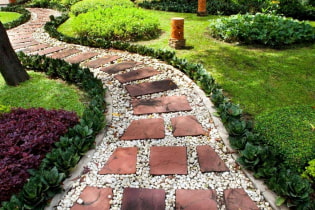 How to decorate garden paths beautifully for a summer residence?
How to decorate garden paths beautifully for a summer residence?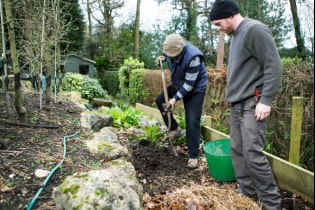 What fertilizers should be used in spring?
What fertilizers should be used in spring? How to use gabions on the site?
How to use gabions on the site?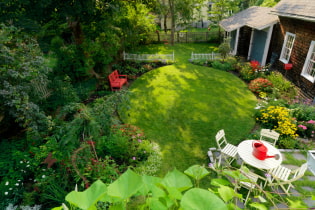 Landscaping of a summer cottage on 6 acres
Landscaping of a summer cottage on 6 acres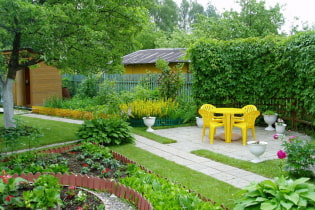 How to arrange the landscape design of a suburban area of 4 ares?
How to arrange the landscape design of a suburban area of 4 ares?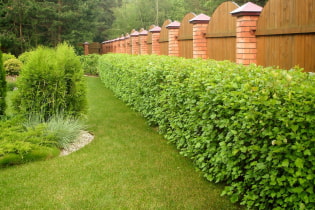 What plants can you make a hedge?
What plants can you make a hedge?